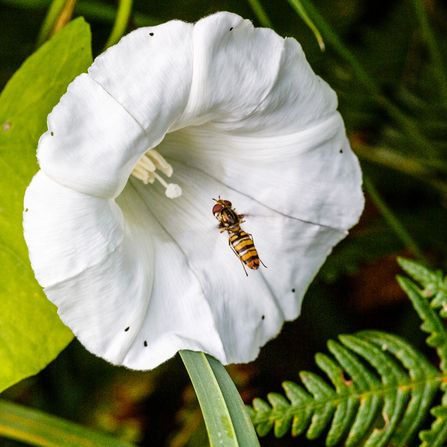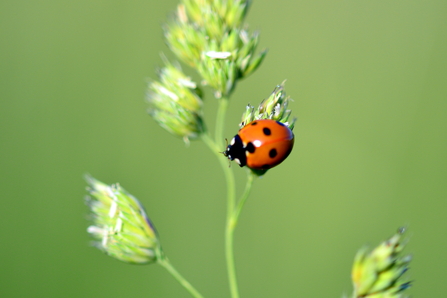Worcestershire Wildlife Trust is asking people across the county to help them understand more about where our wildlife is and how abundant it is. Residents are invited to submit photos of one of six species of insect.
Nick Packham, the Trust’s Senior Engagement Officer, explained “41% of our insect species face extinction so we’d like to capture where they’re currently found across Worcestershire.
“By sending in a photo and letting us know where six of our easily recognised species are, we can start to build a picture of how insects are faring in our county.
“You don’t have to be an expert in order to make a valuable contribution to knowledge of Worcestershire’s wildlife; filling in our quick and easy form lets us know where and when you’ve see one of these six species.


